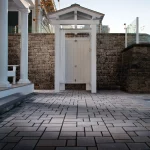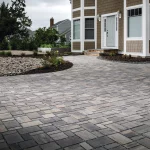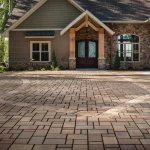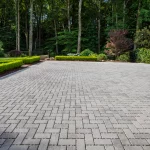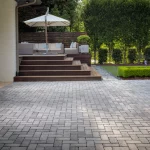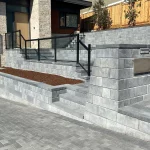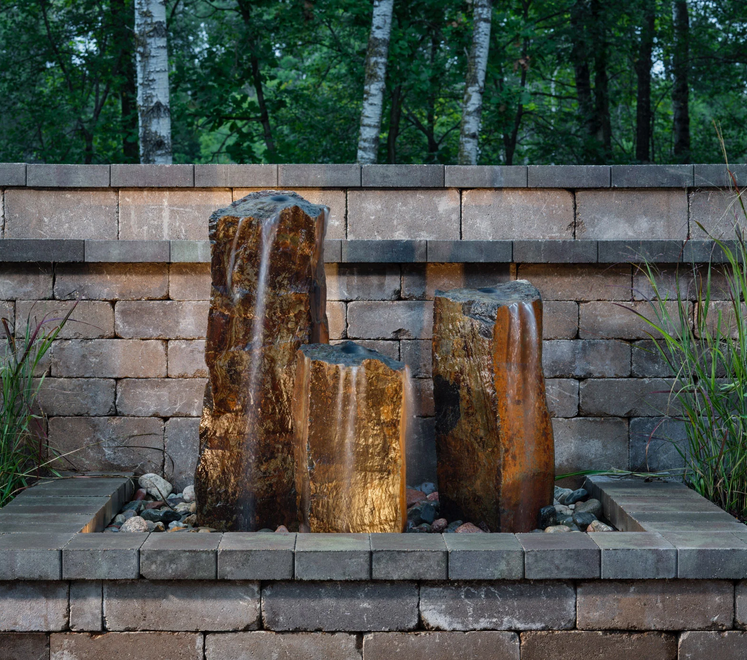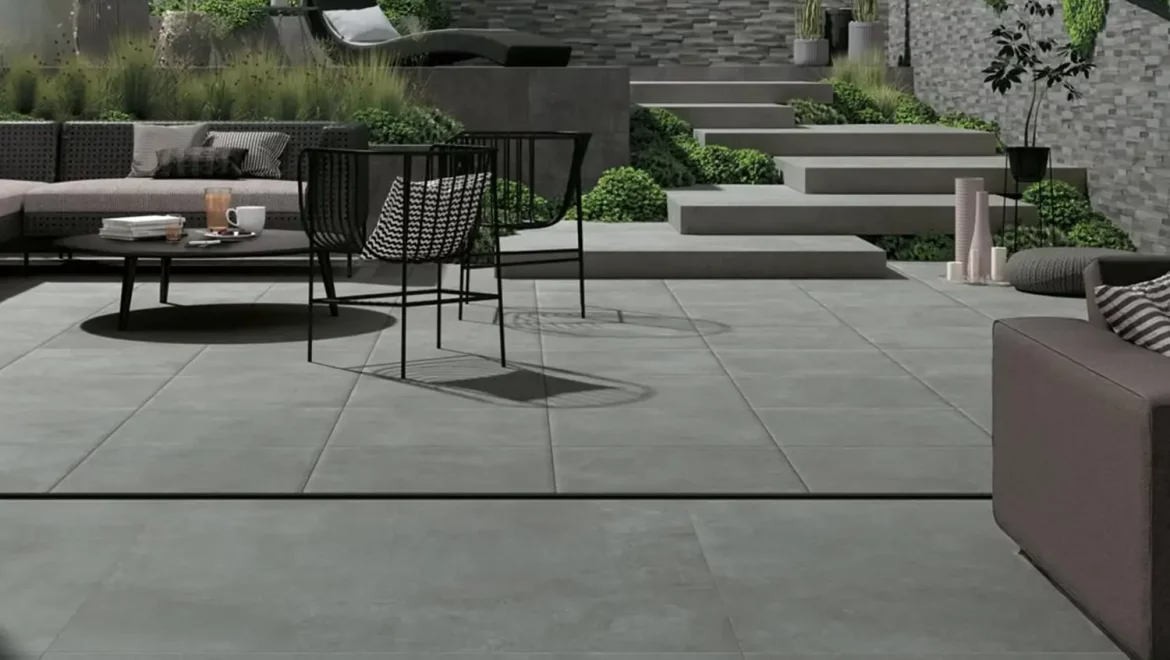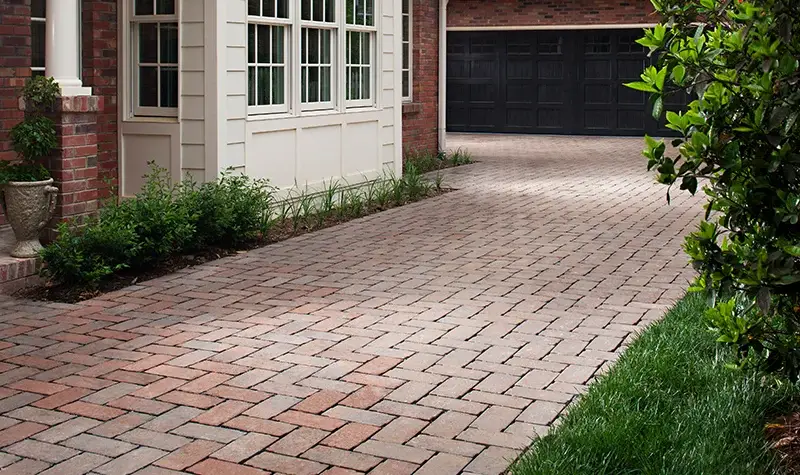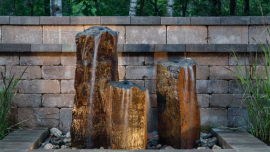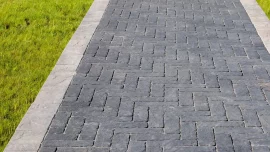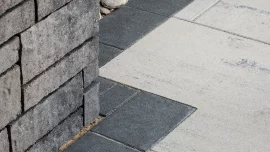Tranquility Unleashed: The Magic of Water Features in Outdoor Spaces
Water features have long been revered for their ability to create a sense of tranquility and serenity in outdoor environments. Whether it’s the gentle trickle of a fountain, the soothing babble of a stream, or the dramatic cascade of a waterfall, water features add a touch of elegance and sophistication to any outdoor space. Let’s explore why incorporating water features into your outdoor landscape can transform your backyard into a tranquil retreat.
1. A Natural Stress Reliever:
The sight and sound of flowing water have a calming effect on the mind and body, making water features an excellent way to combat stress and promote relaxation. The gentle sound of water can drown out unwanted noise from the surrounding environment, creating a peaceful oasis where you can unwind and recharge after a long day. Whether you’re lounging by a poolside waterfall or enjoying the ambiance of a pond with a fountain, water features provide a natural stress reliever that enhances your overall well-being.
2. Creates a Sense of Ambiance:
Water features add a touch of ambiance and sophistication to outdoor spaces, transforming them into inviting and picturesque settings for relaxation and entertainment. Whether you’re hosting a backyard barbecue or enjoying a quiet evening under the stars, the presence of a water feature creates a focal point that enhances the overall atmosphere of your outdoor environment. From intimate courtyard fountains to grand cascading waterfalls, water features come in a variety of styles and sizes to suit any aesthetic preference and complement your outdoor decor.
3. Enhances Visual Appeal:
Water features serve as eye-catching focal points that add visual interest and drama to outdoor landscapes. Whether they’re incorporated into garden beds, integrated into patio designs, or nestled among lush foliage, water features draw the eye and create a sense of harmony and balance in the outdoor environment. With their shimmering surfaces and dynamic movement, water features add texture, depth, and dimension to outdoor spaces, enhancing their overall visual appeal and creating a sense of luxury and sophistication.
4. Attracts Wildlife:
Water features have a magnetic effect on wildlife, attracting birds, butterflies, and other beneficial creatures to your outdoor space. The presence of water provides essential hydration for wildlife and creates a habitat where they can drink, bathe, and thrive. By incorporating a water feature into your landscape design, you can create a welcoming environment for birds and other wildlife, fostering biodiversity and creating a deeper connection with nature.
5. Increases Property Value:
Water features are highly desirable amenities that can significantly increase the value and curb appeal of your property. A well-designed water feature adds a touch of luxury and sophistication to your outdoor space, making it more attractive to potential buyers and setting your home apart from others on the market. Whether you’re planning to sell your home in the future or simply want to enhance its overall value and appeal, investing in a water feature is a wise decision that yields long-term benefits.
6. Low Maintenance and Eco-Friendly:
Contrary to popular belief, water features can be surprisingly low maintenance and eco-friendly when designed and installed properly. Modern water feature technologies such as recirculating pumps, filtration systems, and energy-efficient lighting make it easy to enjoy the beauty of water without excessive water consumption or environmental impact. With proper maintenance and care, water features can be sustainable additions to your outdoor space that provide years of enjoyment and relaxation for you and your family.
In conclusion, water features have the power to transform ordinary outdoor spaces into extraordinary retreats, creating a sense of tranquility, ambiance, and visual appeal that enhances the overall quality of outdoor living. Whether you’re seeking stress relief, ambiance, visual appeal, wildlife attraction, increased property value, or eco-friendly features, water features offer a multitude of benefits that make them a valuable addition to any outdoor landscape. So, why wait? Unleash the magic of water features in your outdoor space and create a tranquil retreat where you can relax, recharge, and reconnect with nature.

